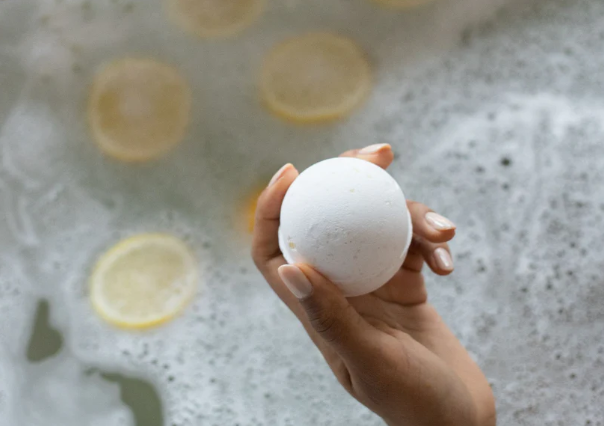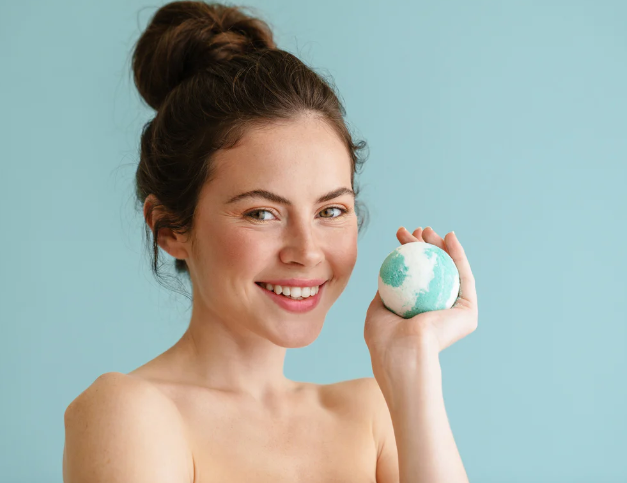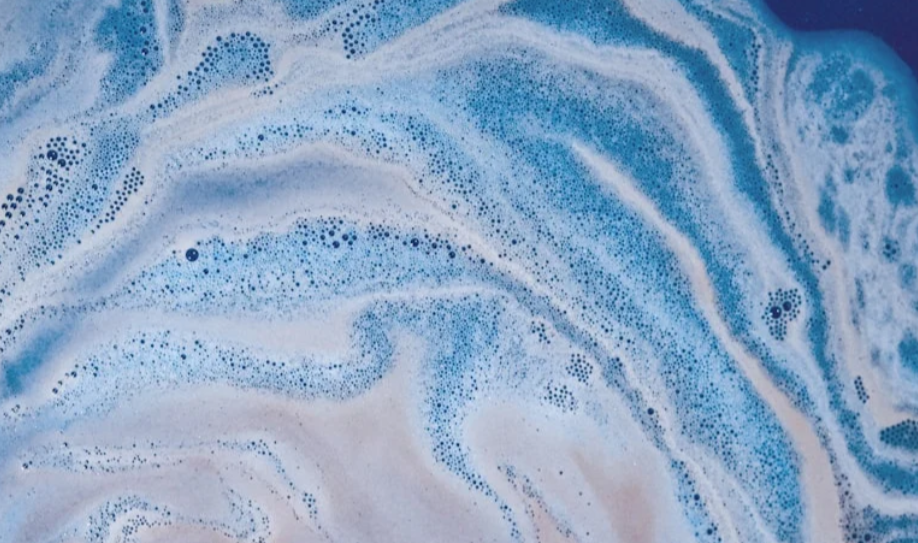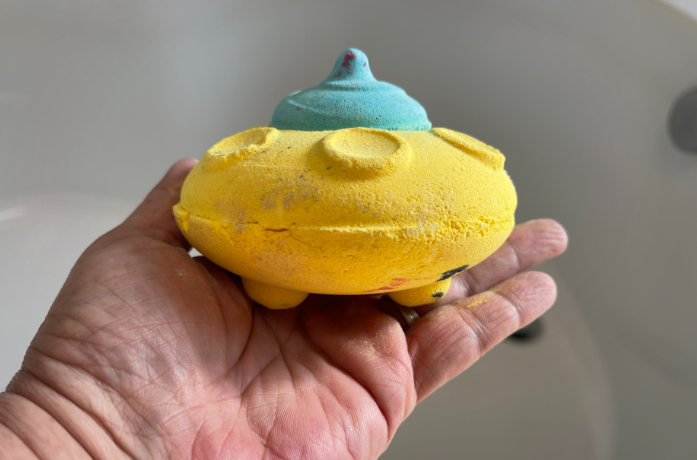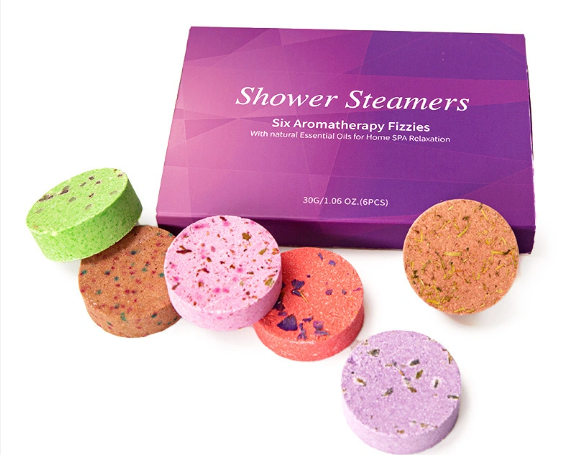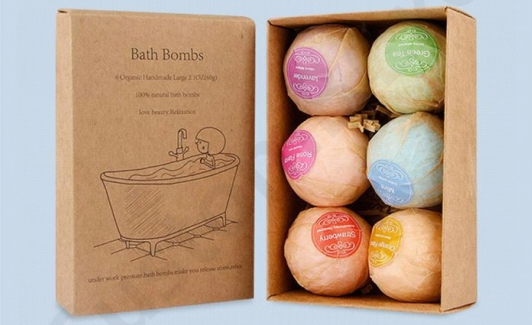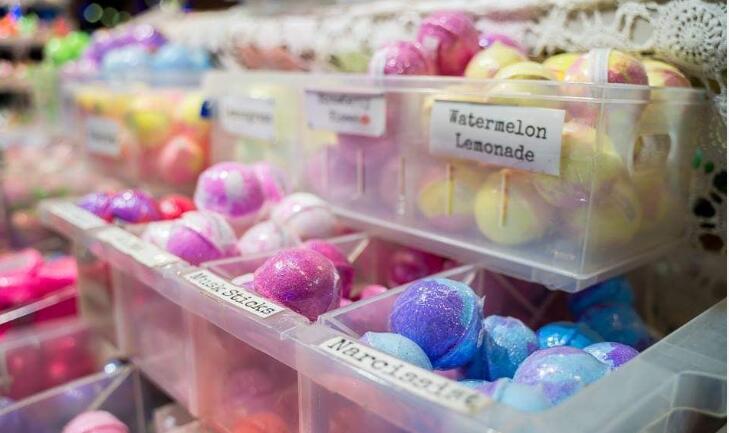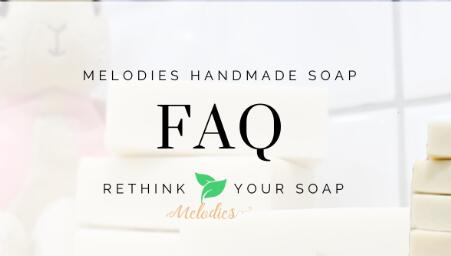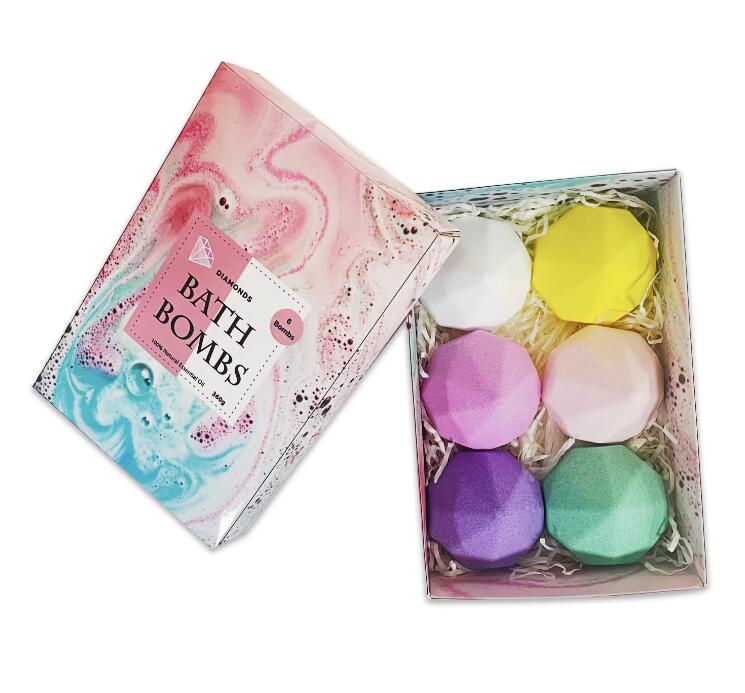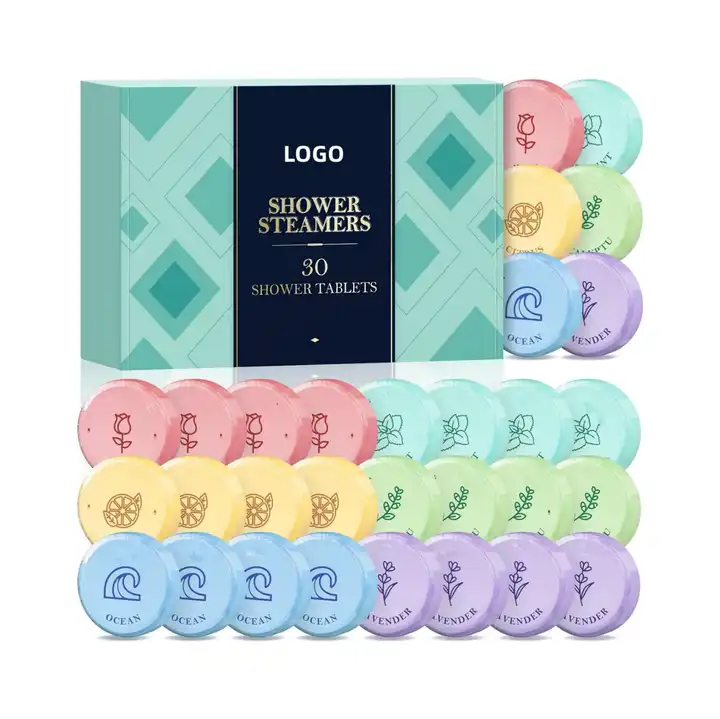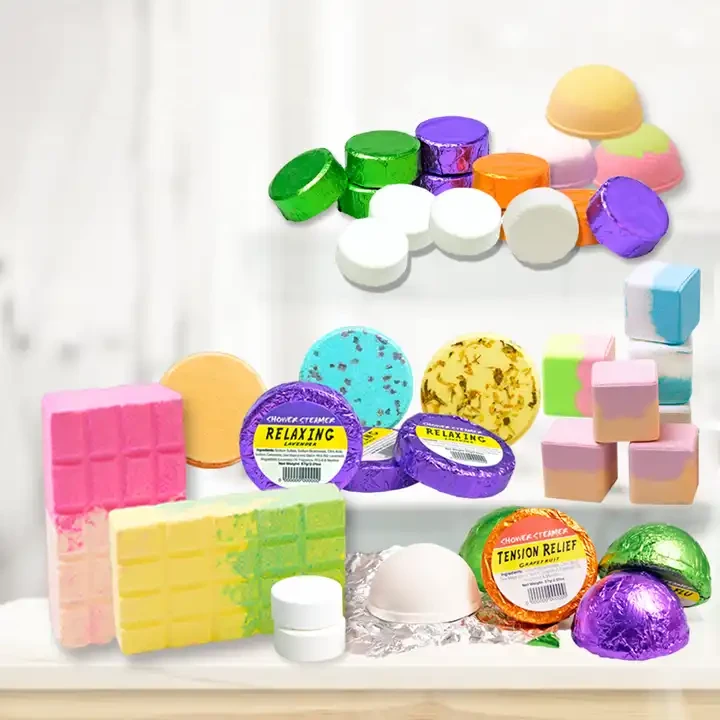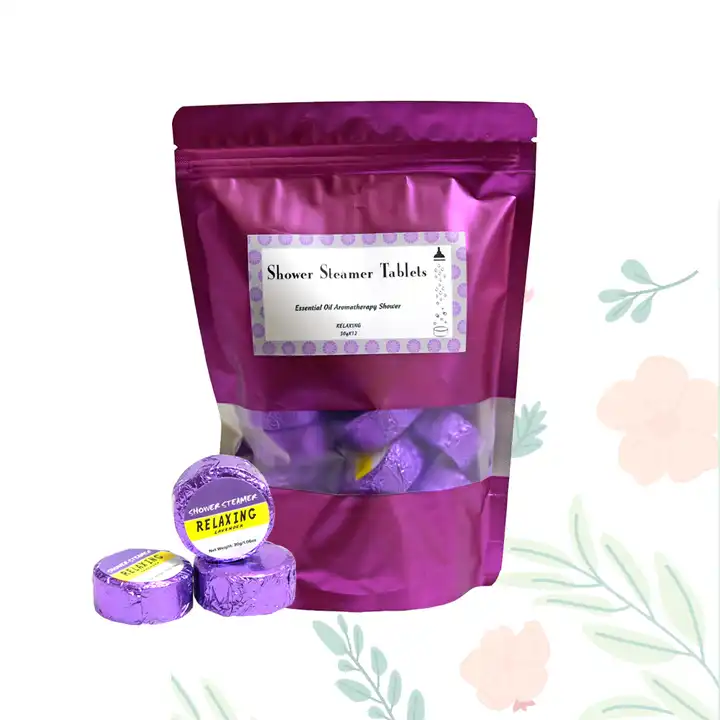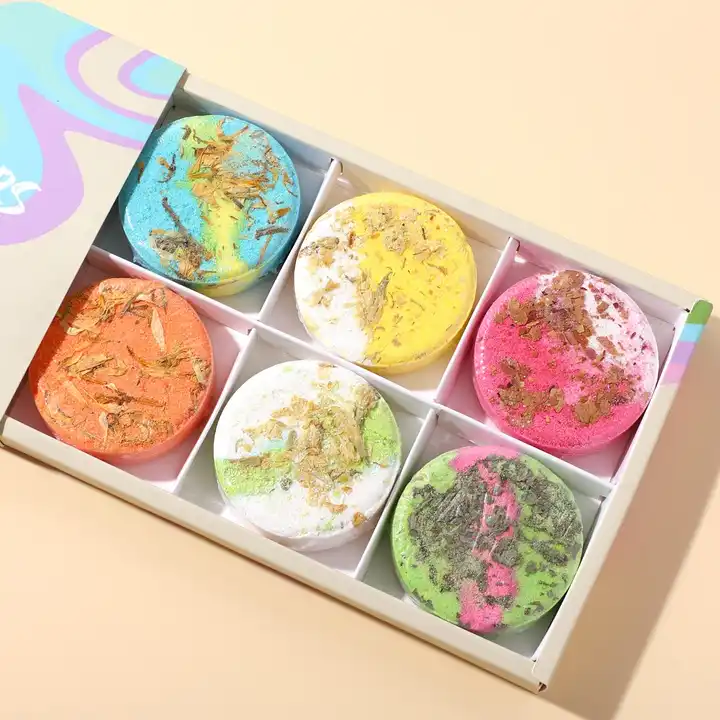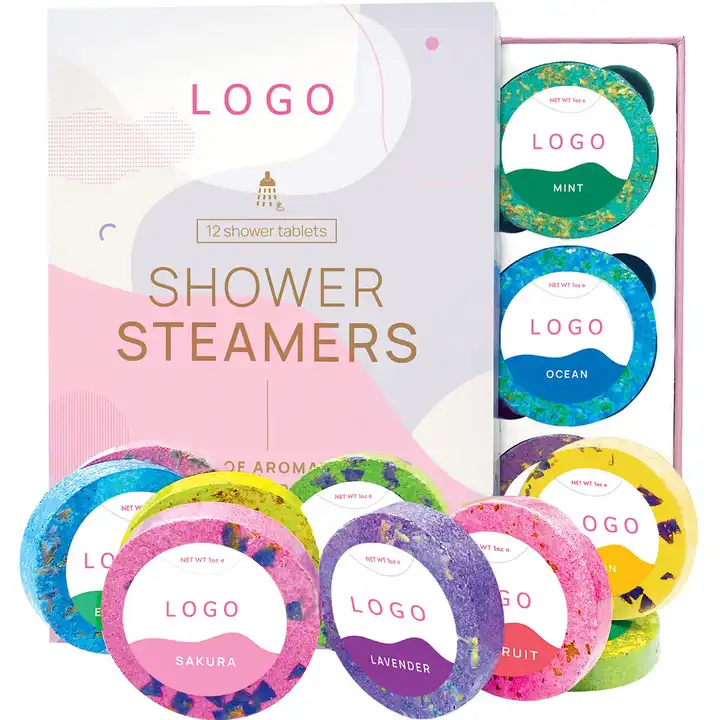Are bath bombs safe for septic systems?
While an occasional simple bath bomb may be safely enjoyed with a well-maintained septic system, frequent or excessive use of complex formulations poses significant risks.
- Jun 05,2024
Are bath bombs good for your hair?
Bath bombs can provide an enjoyable pamper session, but their impact on hair depends largely on the specific ingredients and your hair type.
- Jun 05,2024
Are bath bombs good for dry skin
For those with dry skin, choosing bath bombs wisely is key. Look for moisturizing, natural ingredient-based varieties and avoid heavily exfoliating or heavily fragranced options.
- Jun 05,2024
Are bath bombs environmentally friendly
Bath bombs can be an eco-friendly indulgence when made with natural, biodegradable ingredients and used mindfully.
- Jun 05,2024
Introducing the Fun UFO Bath Bombs for You
Get ready for an out-of-this-world bath experience with our Fun UFO Bath Bombs! In this video, we'll introduce you to these exciting and colorful bath bombs that will make your bath time truly unique.
- May 21,2024
Introduction to Our Most Popular Product: Shower Steamers
From the soothing scents that transform your bathroom into a spa-like oasis to the invigorating aromas that help you start your day right, discover everything you need to know about shower steamers.
- May 20,2024
Sharing about an order of 3000 sets of bath bombs from a US customer
In the bubble bath product market, cooperation with a lovely brand in the United States has become a wonderful case for our factory. The brand is known for its pink range and cute products, and it wanted to expand its product line into the bubble bath bombs market.
- May 04,2024
Join Us At The Canton Fair
On behalf of Poleview Group Biotechnology Co., Ltd., I sincerely invite you to participate in the bathroom products exhibition area of the third phase of the 135th Canton Fair to be held in Guangzhou from May 1st to 5th, 2024.
- Apr 25,2024
Where do you buy bath bombs?
Are you interested in bath bombs? And don't know how and where to buy? Now Let me tell you.
- Apr 11,2024
Faq about our handmade soap products
Are you a factory or a trading company? We are a factory with export license.
- Apr 09,2024

